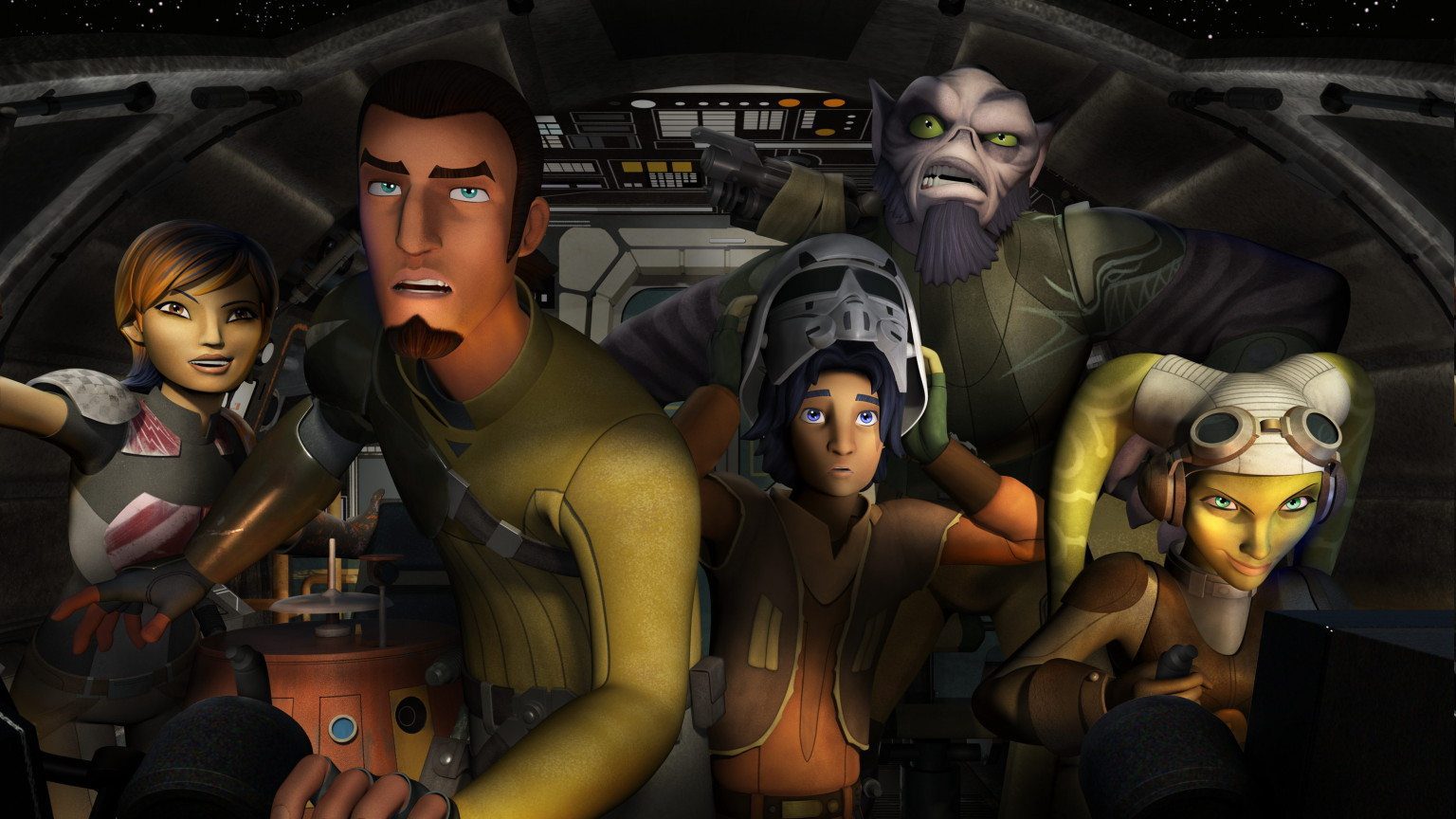In Welcome to Earth, from National Geographic and streaming on Disney+, Will Smith tells us of some of the things he?s never done, then goes on to do some of them. Smith is our guide to experience our planet in new ways. The limited series has brought together various explorers (some who are differently-abled) who take us around the world to see, hear, and discover things we may never knew was happening around us.
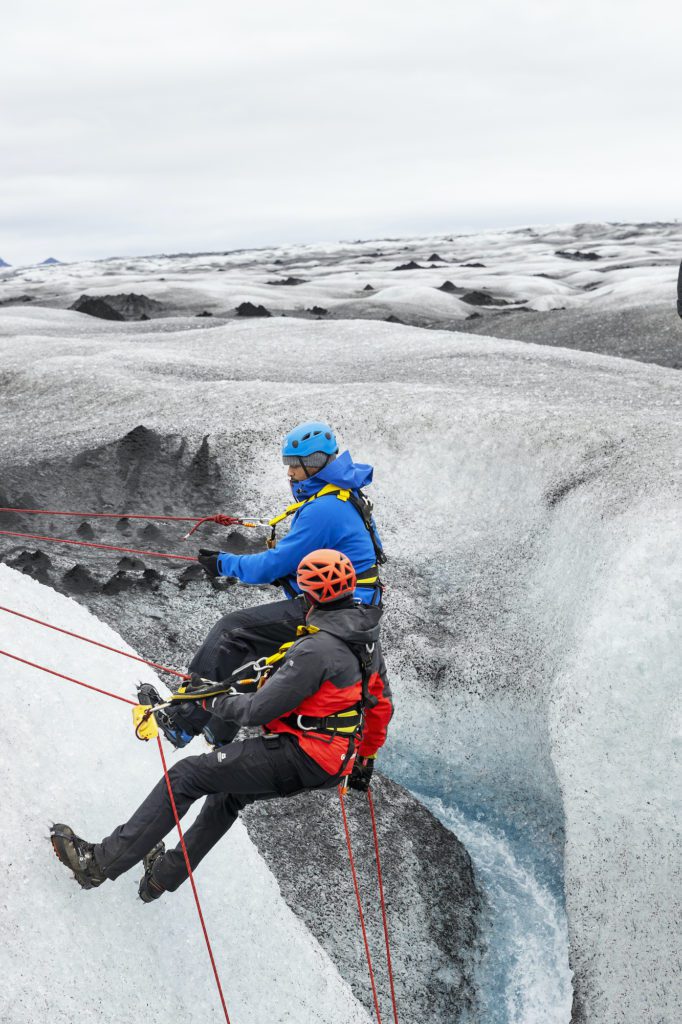
There are six forty-minute episodes in the series, each with a different focus. There is one about sight, one about sound, and one about scent that focus on the sensory aspects of the world. But are also episodes that focus on the nature of swarm mentality, the things that are too fast or too slow for us to notice, and one about overcoming our fears to discover the world. The episodes are structured around Smith heading off with one of these explorers, then bringing in other examples of the theme from other explorers.
The series takes us under the sea, into a volcano, into deserts, deep into caves, to the Arctic, and the Serengeti. In each location we are encouraged to be amazed at the amazing planet we live on, and the other creatures we share it with.
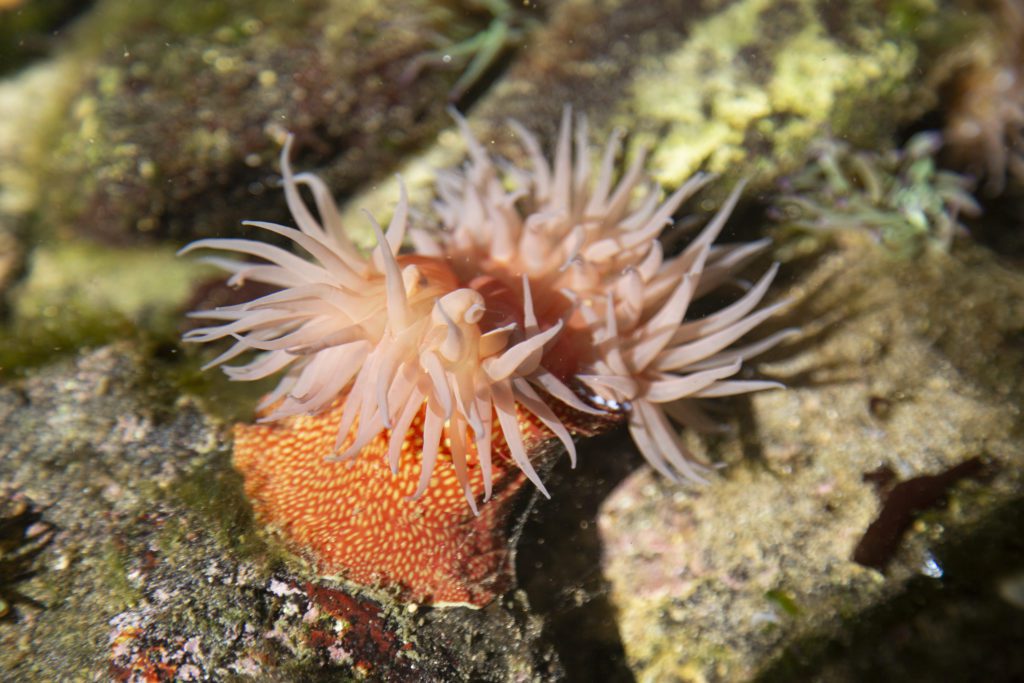
Among the wonders we encounter are watching sea anemones marching across the seabed, bees shifting their bodies to frighten invaders, sharks and turtles seeking a particular island in the Great Barrier Reef, whales making the loudest noise made by animals, and (perhaps coolest of all) a moonbow.
The discoveries we make along the way may not be mind-blowing, but they are engaging. They are presented in easy-to-understand ways. But the real purpose isn?t really to surprise us; it is to help us shift our perspective to the world around us. It is to encourage us to do our own exploration of all things great and small. And at times, it asks us to explore ourselves and how we relate to this world we are in.
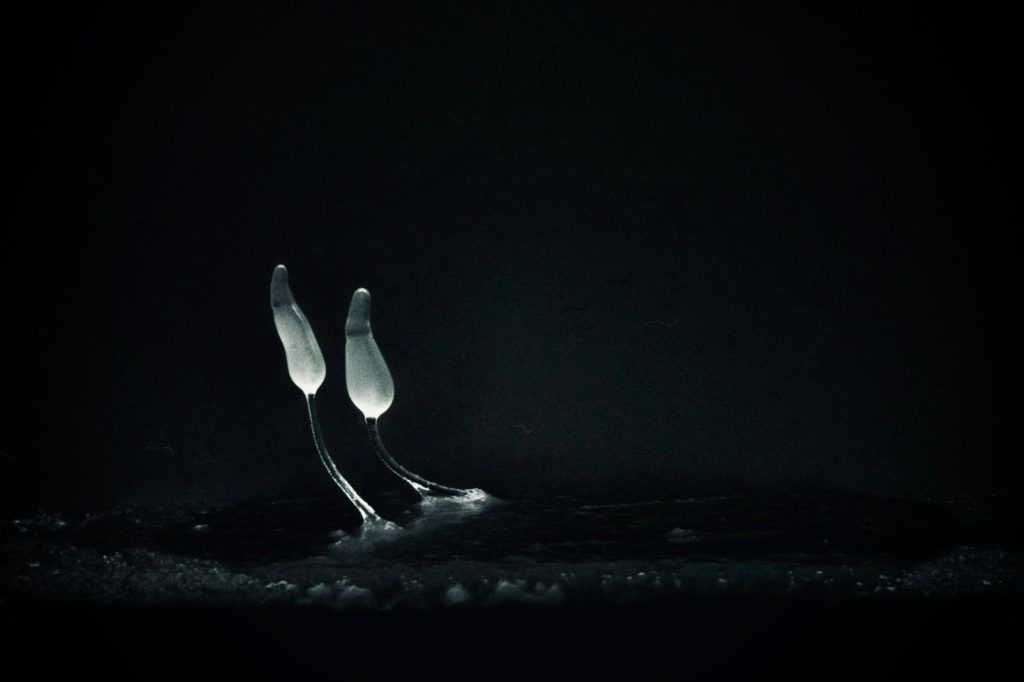
Religions often look at a creator of this world. Often times we may think that speaks to the great power of the creator. We may use the world and nature to tell us about God. We may discover that there is such diversity in the world around us that we will need to expand our notions of God and creation. That is always a good thing.
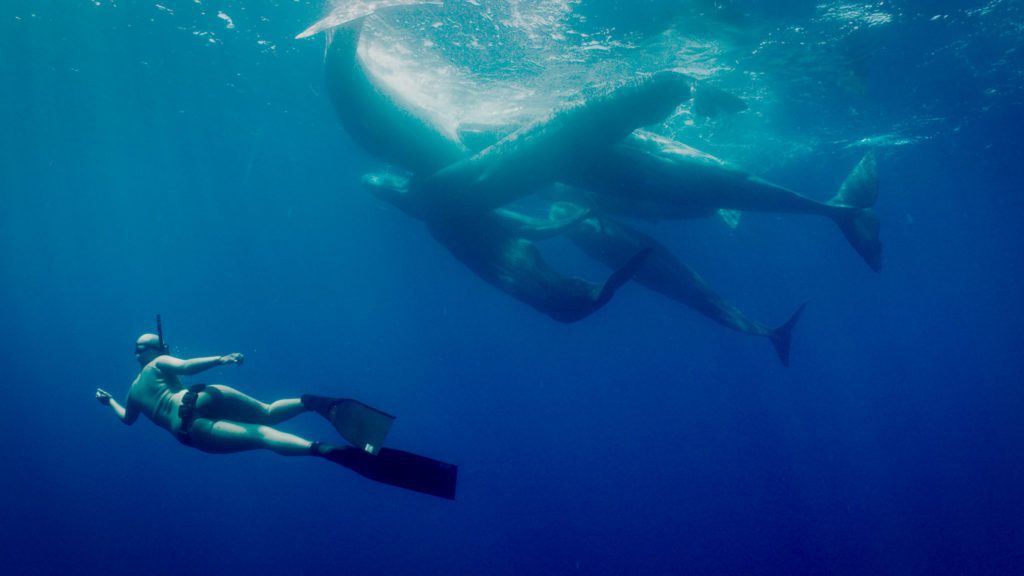
Photos courtesy of National Geographic and Disney+.
Disney+Television
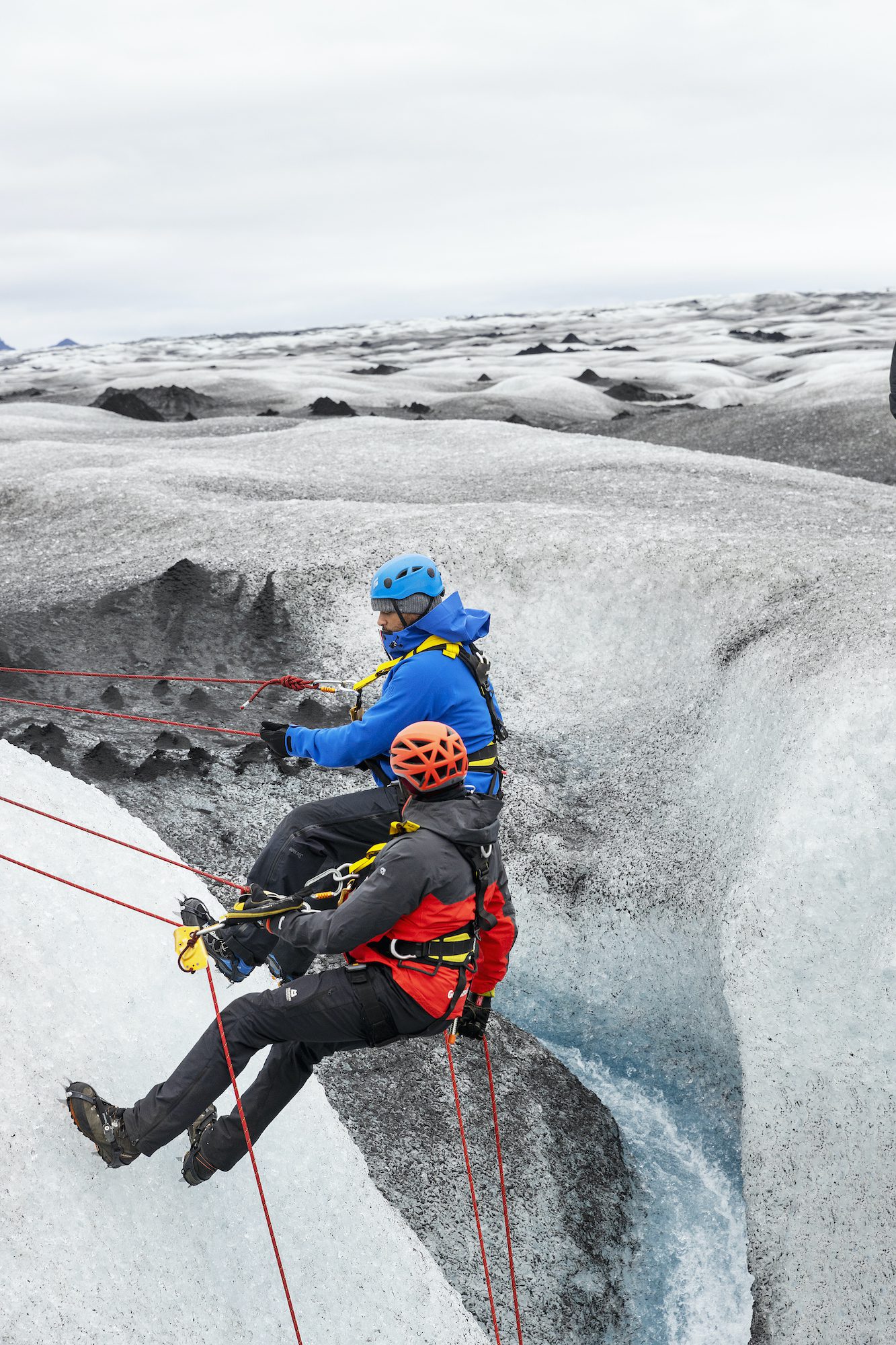
![Unleashing [Nick] Fury: 1on1 with Samuel L. Jackson, Kevin Feige & Cobie Smulders (SECRET INVASION)](https://screenfish.net/wp-content/uploads/2023/06/LOV1920_106_comp_TIP_v0050_00088830-scaled.jpg)

